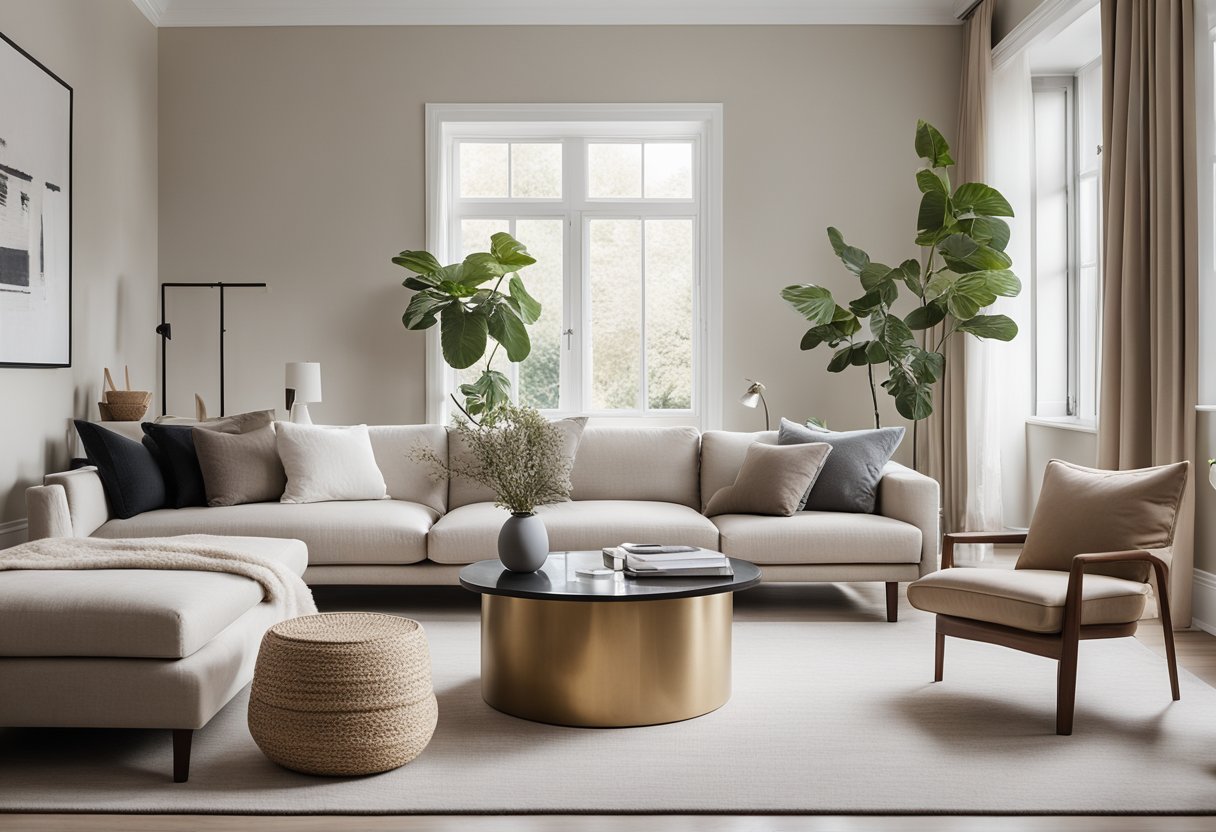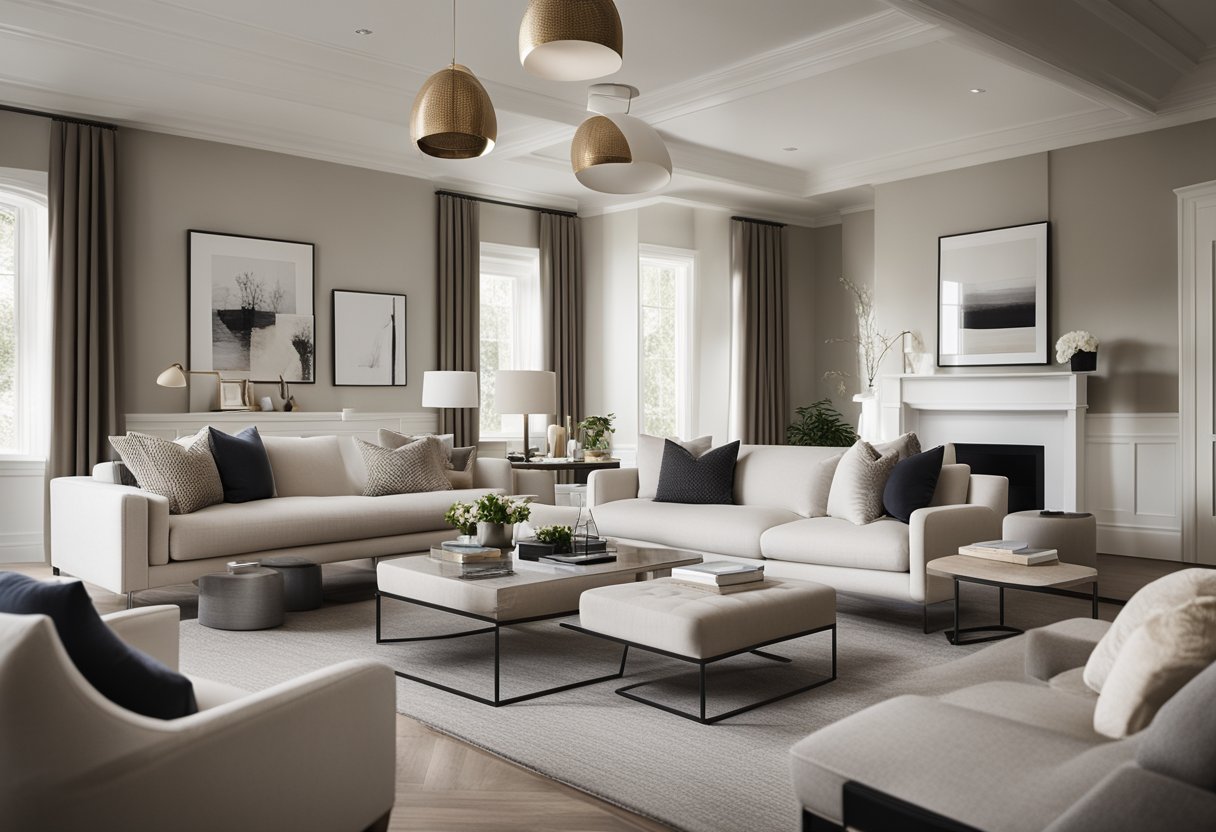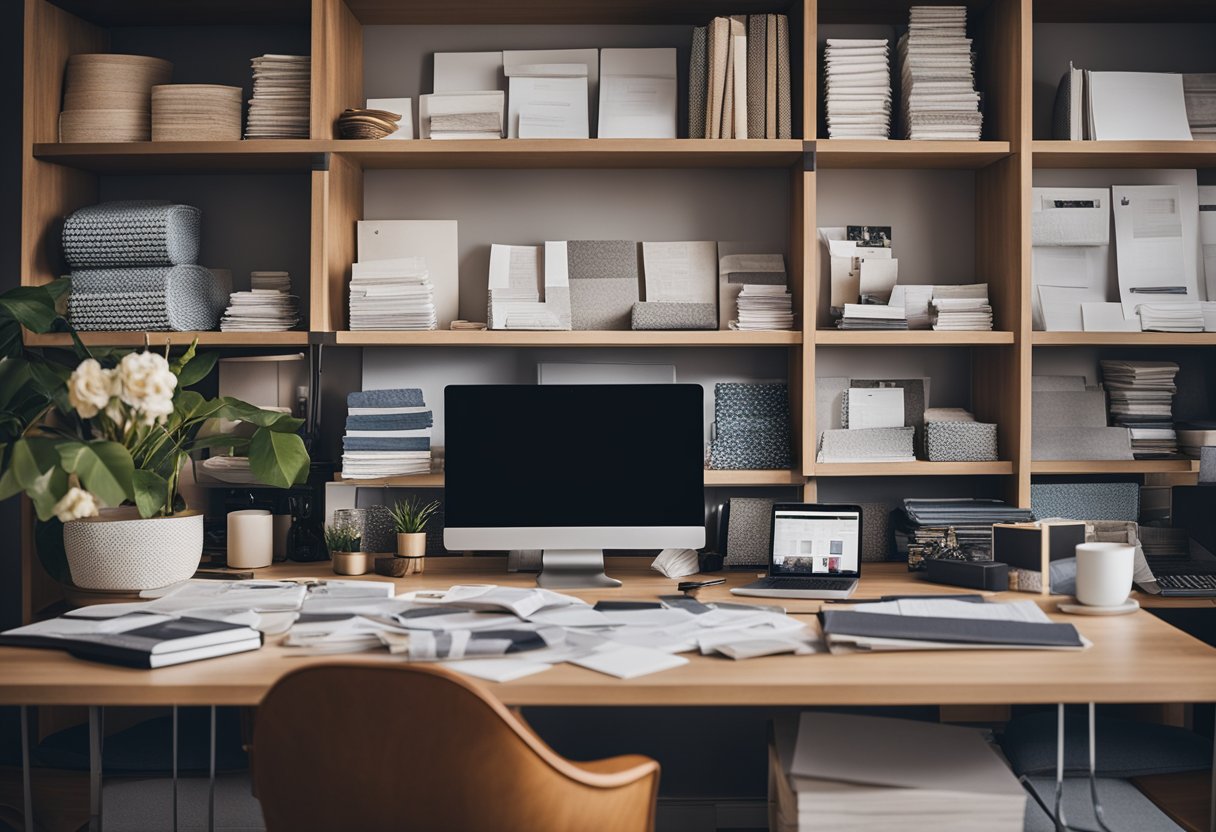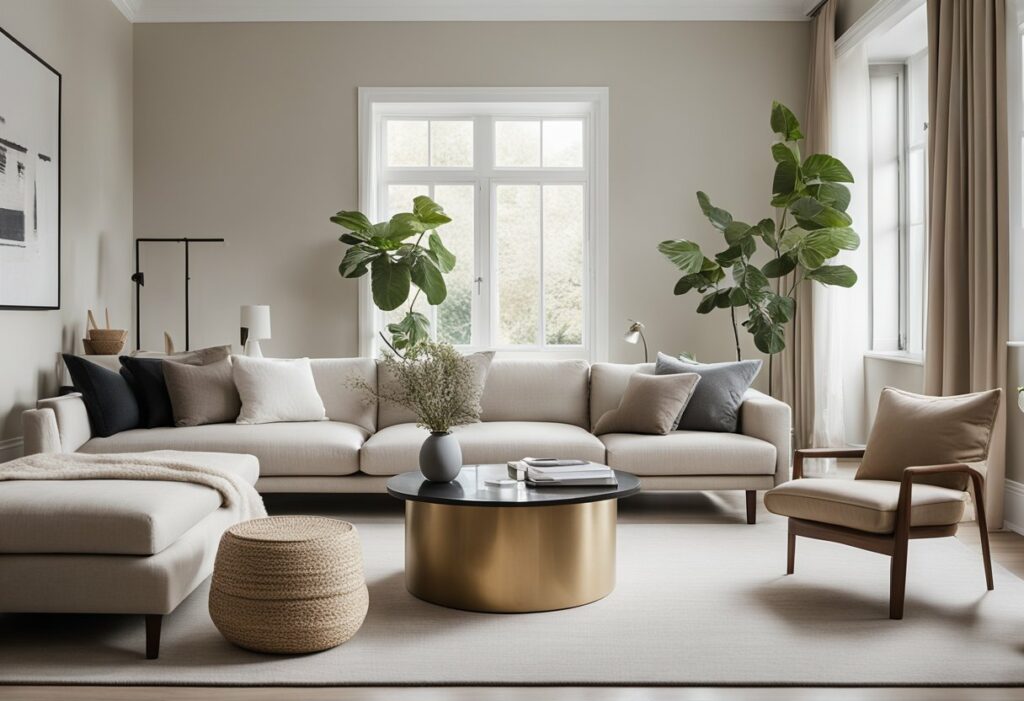How to Describe Yourself as an Interior Designer: Tips and Tricks
As an interior designer, it’s important to be able to describe yourself and your professional identity in a clear and concise way. Whether you’re meeting with potential clients or networking with other industry professionals, being able to articulate your value and unique perspective is key to standing out in a competitive field.

One of the first steps in describing yourself as an interior designer is to establish your professional identity. This means identifying your unique strengths, skills, and areas of expertise, and finding ways to communicate them effectively to others. Whether you specialize in residential or commercial design, have a particular design style, or have experience working with specific types of clients, make sure to highlight these aspects of your work when describing yourself to others.
Another important aspect of describing yourself as an interior designer is communicating your value to potential clients and collaborators. This means not only highlighting your design skills, but also your ability to listen to clients’ needs, work within a budget, and manage projects efficiently. By articulating your value in a clear and compelling way, you can help build trust and confidence with potential clients, and set yourself apart from the competition.
Key Takeaways
- Establish your professional identity by identifying your strengths, skills, and areas of expertise.
- Communicate your value to potential clients and collaborators by highlighting your design skills, ability to listen to clients’ needs, work within a budget, and manage projects efficiently.
- Be clear and concise when describing yourself as an interior designer, and focus on communicating your unique perspective and value to others.
Your Professional Identity as an Interior Designer

As an interior designer, your professional identity is a combination of your unique design style, skills, creativity, portfolio, accomplishments, and awards. Defining your professional identity is crucial to establishing your brand and attracting the right clients.
Defining Your Unique Design Style
Your design style is what sets you apart from other interior designers. It is the expression of your creativity and vision. Defining your design style can help you attract clients who share your aesthetic preferences. You can define your design style by considering the following:
- What inspires you? Is it nature, art, architecture, or fashion?
- What colours, textures, and patterns do you gravitate towards?
- What are your favourite design eras or movements?
- What do you want your clients to feel when they enter a space you designed?
By answering these questions, you can create a design style statement that reflects your personality and design philosophy. You can also showcase your design style in your portfolio and social media channels.
Highlighting Your Accomplishments and Awards
Your accomplishments and awards are a testament to your skills and expertise as an interior designer. They can help you establish credibility and differentiate yourself from your competitors. You can highlight your accomplishments and awards by:
- Creating a list of your completed projects and their outcomes.
- Showcasing your portfolio and testimonials from satisfied clients.
- Displaying any awards or recognition you have received from industry associations or publications.
By highlighting your accomplishments and awards, you can demonstrate your value to potential clients and build trust in your brand.
Communicating Your Value

As an interior designer, communicating your value is key to attracting clients and building a successful business. Here are some tips on how to effectively communicate your value to potential clients:
Articulating Your Design Process
One way to communicate your value is by clearly articulating your design process. This includes explaining how you work with clients to understand their needs, how you develop design concepts, and how you implement those concepts into a finished product. By sharing your design process with clients, you can help them understand the value you bring to the table and how you can help them achieve their design goals.
Demonstrating Teamwork and Collaboration
Another way to communicate your value is by demonstrating your ability to work as part of a team. Interior design projects often involve collaboration with architects, contractors, and other professionals, so it’s important to show that you can work effectively with others. Highlighting your interpersonal skills and your ability to collaborate on projects can help clients see the value you bring to the table.
Presenting Your Technical Proficiency
Finally, it’s important to demonstrate your technical proficiency in design software such as AutoCAD, Revit, SketchUp, and Photoshop. Clients want to know that you have the technical skills necessary to bring their design concepts to life. By showcasing your ability to use these tools effectively, you can help clients see the value you bring to their project.
In summary, effective communication is key to communicating your value as an interior designer. By articulating your design process, demonstrating your teamwork and collaboration skills, and presenting your technical proficiency, you can help clients see the value you bring to the table and build a successful interior design business.
Frequently Asked Questions

What inspired you to pursue a career in interior design?
As an interior designer, you are likely to be asked about your inspiration for pursuing this career. This is your chance to share your passion for design and creativity. You could talk about your love for transforming spaces, your desire to create beautiful and functional spaces, or your interest in the psychology of design. Whatever your inspiration, make sure to convey your enthusiasm for the profession.
Could you share some highlights from your portfolio that showcase your design style?
Your portfolio is a visual representation of your design work and style. When asked this question, you should be prepared to share some of your best work that showcases your design style. You could highlight a few projects that demonstrate your ability to work with different styles and budgets. Be sure to explain your design process and how you approached each project.
How do you approach a new project and collaborate with clients?
Collaboration with clients is an essential part of the design process. When starting a new project, you should take the time to understand your client’s needs, preferences, and budget. You could explain your design process, including how you gather information, create a design concept, and present it to the client. You could also talk about how you communicate with clients throughout the project and how you handle any challenges that arise.
What are your top design principles when creating a captivating space?
Every interior designer has their design principles that guide their work. When asked this question, you could talk about your top design principles that help you create captivating spaces. This could include principles such as balance, harmony, proportion, and contrast. Be sure to explain how you apply these principles to your design work.
In what ways do you stay abreast of the latest interior design trends?
As an interior designer, it is essential to stay up-to-date with the latest trends in the industry. When asked this question, you could talk about the different ways you stay informed, such as attending trade shows, reading design magazines, or following industry blogs. You could also mention any professional development courses or certifications you have completed.
How do you incorporate a client’s personality into your design concepts?
Designing a space that reflects a client’s personality is a crucial part of the design process. When asked this question, you could talk about how you work with clients to understand their style and preferences. You could also explain how you incorporate their personality into the design concept, such as through the use of colours, textures, and patterns. Be sure to convey your ability to create a space that is both functional and reflects the client’s personality.



